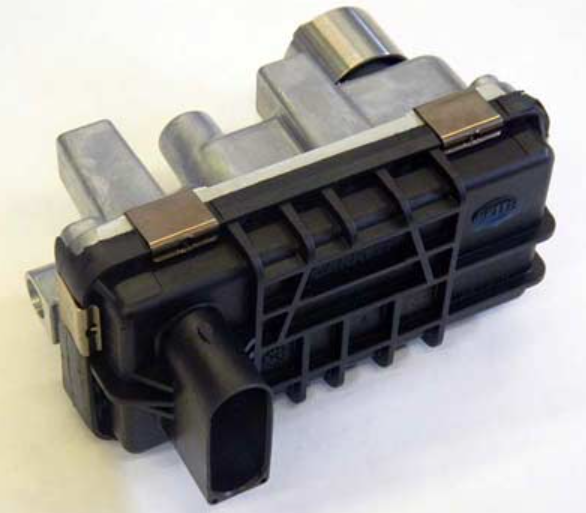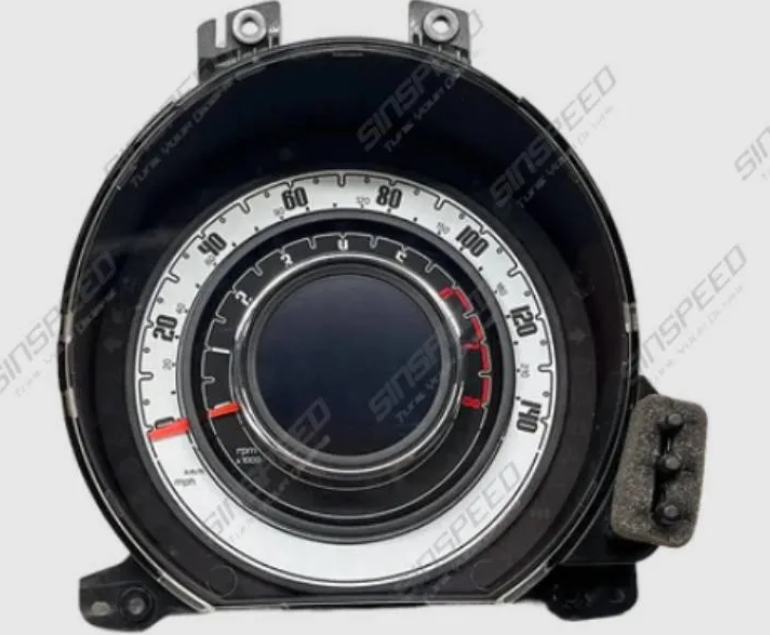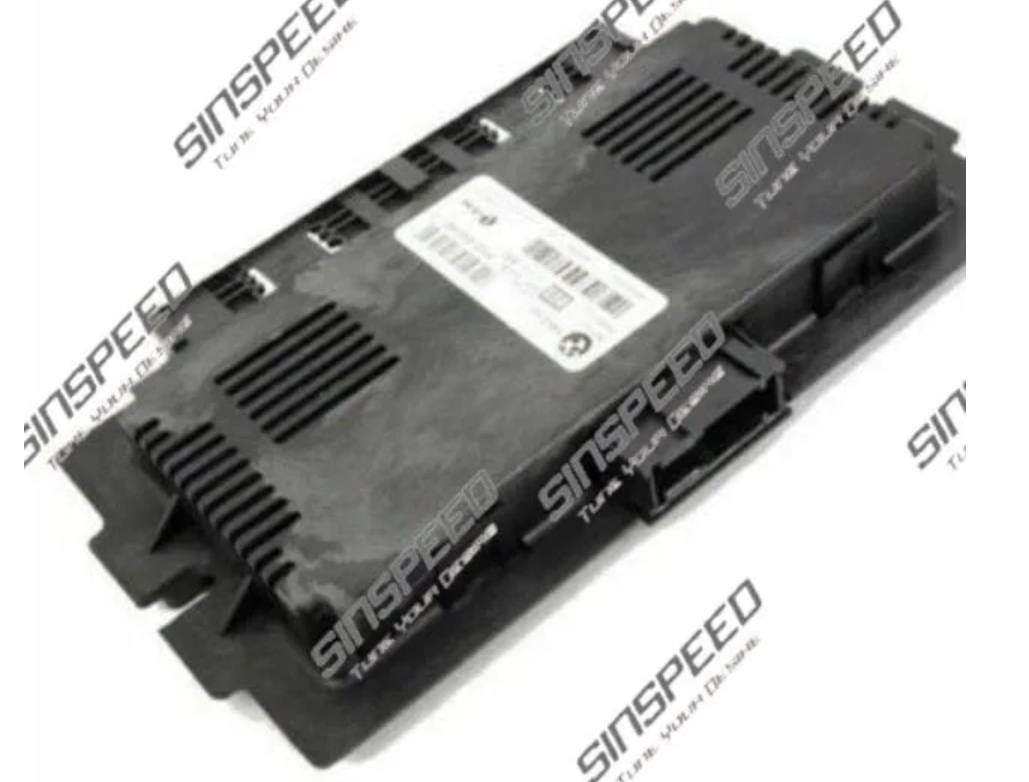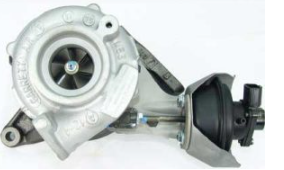
Turbocharged engines are admired for their ability to combine efficiency with extra power. While most of the attention goes to the turbocharger itself, there’s a smaller but equally important part making sure everything runs smoothly: the turbo actuator. Without this component, the turbo would not be able to function in a controlled and safe manner.
What Is a Turbo Actuator?
At its core, a turbo actuator is a device that regulates how the turbocharger delivers boost. It does this by controlling either a wastegate valve or the variable geometry vanes inside the turbo. By opening or closing these mechanisms, the actuator manages how much exhaust gas flows through the turbo, which in turn controls boost pressure.
Think of the actuator as the “manager” of the turbocharger. The turbo may provide the power, but the actuator ensures it’s released in the right amounts and at the right time.
Why It Matters
The actuator is critical for several reasons:
Engine Protection – Prevents dangerous over-boosting that could harm the engine.
Efficient Performance – Optimizes airflow for smoother acceleration.
Fuel Economy – Ensures fuel is burned efficiently by balancing air intake.
Lower Emissions – Helps maintain a clean burn, reducing harmful gases.
Without an actuator, drivers would experience poor throttle response, unreliable power delivery, and increased risks of engine damage.
Different Types of Turbo Actuators
There are two main designs used in modern vehicles:
Pneumatic (Vacuum or Pressure-Driven)
Operated using air pressure or vacuum from the engine.
Simple in design but less precise.
Electronic
Uses an electric motor and sensors controlled by the engine’s ECU.
Offers highly accurate boost management.
Now standard in most modern vehicles.
As car technology evolves, electronic actuators are becoming the norm because of their ability to provide real-time adjustments and reliability.
Everyday Benefits of the Turbo Actuator
For drivers, the benefits of a working turbo actuator are easy to notice:
Responsive Driving – Smooth and consistent acceleration.
Reliable Power – No sudden spikes or drops in performance.
Better Economy – The engine doesn’t waste fuel.
Cleaner Exhaust – Reduced smoke and emissions.
This makes driving not only more enjoyable but also safer for the engine’s long-term health.
Symptoms of a Faulty Turbo Actuator
When the actuator begins to fail, some signs may appear:
Sluggish acceleration or lack of power.
Turbo lag that feels worse than usual.
Black smoke or excess exhaust emissions.
Dashboard warning lights.
Vehicle going into limp mode.
Because these symptoms overlap with general turbo issues, professional diagnosis is important. In such cases, it’s wise to find a specialist near you who can check the actuator and related systems.
Common Reasons for Failure
Several factors can lead to actuator problems:
Wear and Tear – Moving parts wear down with use.
Heat Stress – Constant high temperatures weaken internal parts.
Electrical Problems – For electronic actuators, wiring or sensor issues can cause malfunctions.
Carbon Build-Up – Deposits can cause sticking or restricted movement.
Addressing these issues early can prevent more serious turbo or engine damage.
The Future of Turbo Actuators
Looking ahead, turbo actuators are likely to become even smarter and more efficient. With engines leaning towards hybrid and eco-friendly designs, actuators may integrate with electronic systems that predict driver behavior and adapt instantly. This means more reliability, better performance, and cleaner operation.
Conclusion
The turbo actuator may not be the first component drivers think of when it comes to performance, but it’s one of the most crucial parts of the turbocharging system. By carefully controlling boost, it protects the engine, improves efficiency, and ensures the driving experience is smooth and reliable.
It’s a small device with a big responsibility—proving that sometimes, the hidden parts are the most important.








Write a comment ...